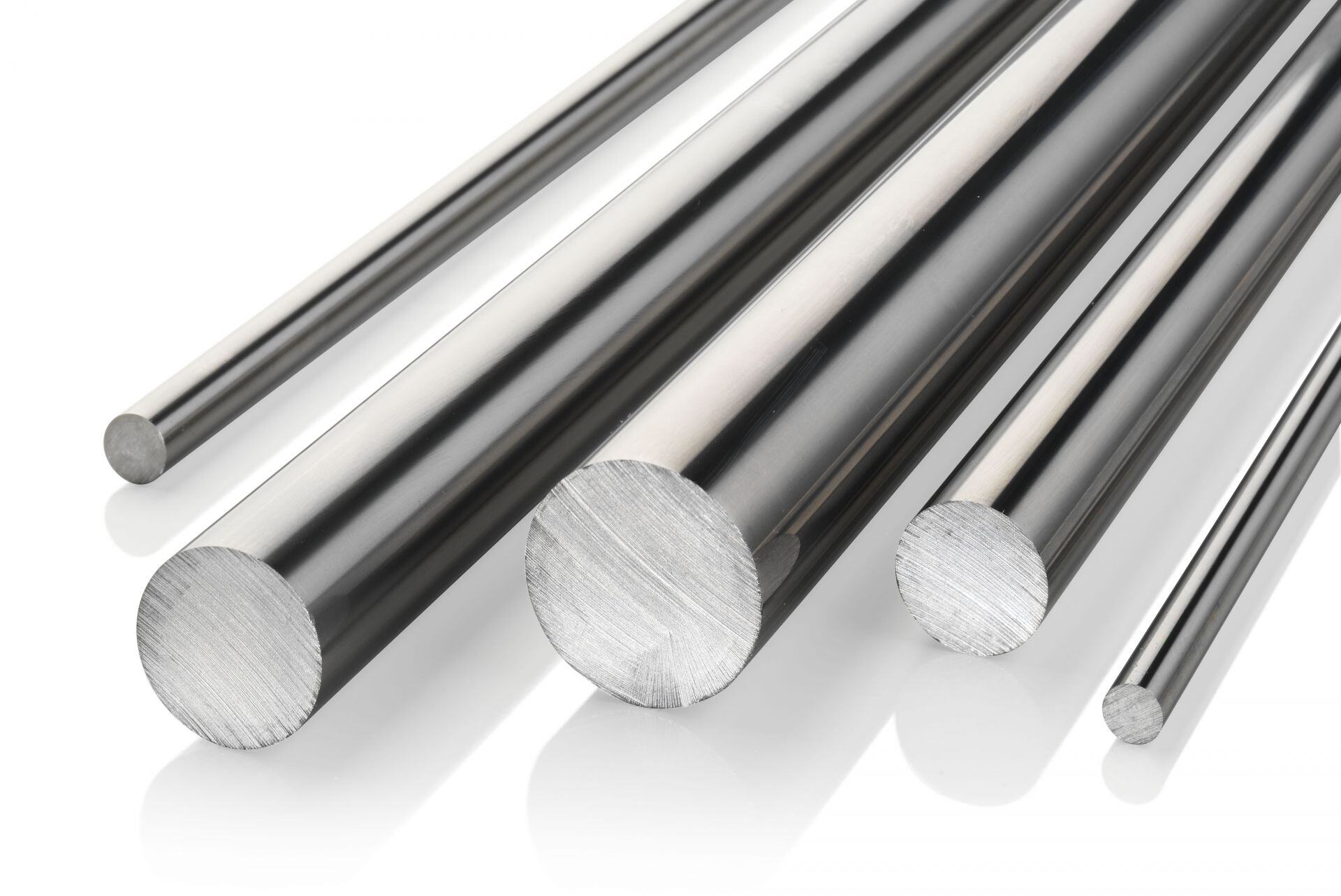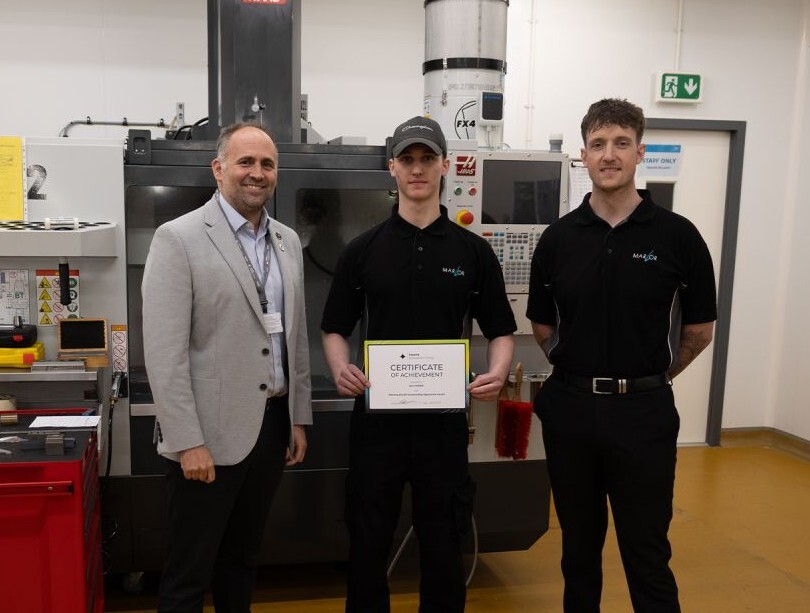Cutting tools are the cornerstone of modern manufacturing and machining, delivering the precision and efficiency needed to drive productivity across a wide range of industries. These tools play a central role in transforming raw materials into precisely engineered components, ensuring that each part meets stringent quality and accuracy standards.
In this article, we'll explore the life cycle of cutting tools, from their design and production to their regrind journey and finally, to their recycling or disposal. Understanding this journey provides insights into quality, efficiency, and sustainability.
We are proud to have an outstanding team of highly experienced professionals, whose knowledge and expertise provide exceptional service throughout each stage of the tooling process.
Design and Development
The life cycle begins with the design and development of a cutting tool. Our engineers consider factors such as tool geometry, material composition, and intended application. This stage involves computer-aided design (CAD) and simulation tools to optimise the cutting performance and durability of the tools.
Our technical design team collaborates closely with clients to fully understand their unique needs, ensuring that we integrate their feedback into the design process. This approach guarantees that the cutting tools we create are customised to each client's specific requirements, providing a truly tailored solution.


Manufacture
Material Selection: Choosing the appropriate raw materials, such as carbide or high-speed steel, is a critical step in the manufacturing of cutting tools. We work with a carefully selected network of suppliers who are known for their high-quality materials, exceptional service, and excellent lead times, ensuring we have the best resources for our tooling needs.
Machining and Fabrication: Cutting, shaping, and forming the raw materials into the desired tool shape.
Coating: Applying protective coatings is another crucial step in the manufacturing of cutting tools. These coatings are designed to enhance the tool's hardness, reduce friction during use, and significantly increase its longevity. By adding this protective layer, we can ensure that our tools perform at their best even under high-stress conditions, providing reliable and durable results.
Quality Assurance and Testing
Quality assurance is a crucial process to ensure cutting tools meet the expected standards of accuracy, performance, and durability. It involves multiple checks and tests to guarantee that each tool is ready for its intended use.
These are the procedures we implement to ensure adherence to these guidelines:
Dimensional Inspections: This step involves measuring the tool's size, angles, and tolerances to ensure they align with the specified design. It helps identify any discrepancies that might affect the tool's functionality.
Performance Testing: Cutting tools undergo rigorous testing to evaluate their performance under various conditions. This can include tests for cutting efficiency, heat resistance, wear resistance, and stability during operation.
Material Testing: Assessing the hardness, toughness, and wear resistance of the tool.
Quality assurance ensures that the tools are not only built to specification but also function as expected, providing consistent and reliable results in their applications.
Final Inspection and Packaging: After quality assurance, the tools undergo a final inspection before being packaged and prepared for delivery.
Regrind
Regrinds refer to the process of refurbishing and re-sharpening used cutting tools to extend their life and maintain performance. It involves reworking worn or damaged tool edges, restoring them to their original geometry and sharpness. This process helps to:
Extend Tool Life: By regrinding, a cutting tool can be reused multiple times, reducing the need for frequent replacements.
Reduce Costs: Regrinding is generally more cost-effective than purchasing new tools, making it an economical choice.
Promote Sustainability: By extending the life of cutting tools, regrinding contributes to sustainability by reducing waste and resource consumption.
Regrinding requires precision and expertise to ensure that the tool's original design and performance characteristics are maintained. Our dedicated team hold years of experience working with specialised grinding machines to achieve these results.
End-of-Life and Recycling
When a cutting tool reaches the end of its useful life, sustainability becomes the priority:
Recycling: We recycle numerous cutting tools, allowing valuable materials to be reclaimed and reused in future manufacturing processes. This not only conserves resources but also reduces the environmental footprint.
Disposal: If recycling isn't an option, proper disposal is essential. Tools that can't be recycled are disposed of in a way that minimises their impact on the environment, adhering to regulations and best practices for responsible waste management.
By comprehending the life cycle of cutting tools, we gain valuable insights into their design, manufacturing, and application processes, as well as the critical role sustainability plays in the later stages. This understanding aids us to make more informed decisions about tooling, leading to more efficient production methods and responsible practices across the industry. It also underlines the importance of sustainable approaches when tools reach the end of their life, highlighting the potential for recycling and responsible disposal to minimise environmental impact. Ultimately, this understanding encourages a more conscious approach to cutting tool management throughout their entire life cycle.
For more information about Marlor's life cycle process, visit our website at www.marlor.co.uk or contact us directly at 01733 404 800




